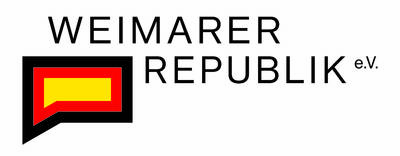Werkleitz Audio
March battles Podcasts – Future is remembering turned around
Media
A three-day hike to commemorate the March Fights of 1921 takes us through Mansfeld. The route runs along selected sites of the events 100 years ago. The first day takes us to Schraplau and the surrounding area. In Schraplau itself, a plaque refers to the murderous violence in the spring of 1921 - six insurgents were executed by the police in a lime kiln at the lime works, which still exists today. Other events at locations that can still be traced are only described in literature and records. For example, the storming of the town hall in Eisleben by insurgents on March 25, 1921, where the second day of the hike leads. The third day leads from Hettstedt to Klostermansfeld. There, on the night of March 27-28, 1921, the deputy head of the community, Paul Müller, was murdered on the road to Leimbach, presumably by members of the police. Although the victim is not anonymous, we can only speculate about the crime scene and the perpetrator.
The Weimar Republic e.V. describes the Weimar Republic as a fragile, threatened construction - from left and right it was hostile. The March Struggles of 1921 are a prime example of this. The simple formula in Goethe's Faust, only he earns freedom like life who must conquer it daily, finds its counterpart in the omnipresent talk of democracy, which must be constantly tested anew and thus secured. The images of the storming of the Capitol in Washington by radical Trump supporters are just one example of the ongoing pressure on democracy. Another derivation of the above formula is the March of Freedom across the border from Bratislava (SK) to Hainburg (AT), initiated as a performance by Ján Budaj and Milan Knazko on December 10, 1989. Budaj speaks of a freedom that has to be earned. This is precisely the starting point of our hike, with which we will create a memory of the spring of 1921. The essence of our thoughts as well as linguistic images of today and other temporal transfers help us to visualize history. At best, they open up a dialog about our relationship to the events. Our hiking group consists of Eike Goreczka, Daniel Herrmann, Thomas Jeschner, Olaf Nachtwey and Ralf Wendt.


















